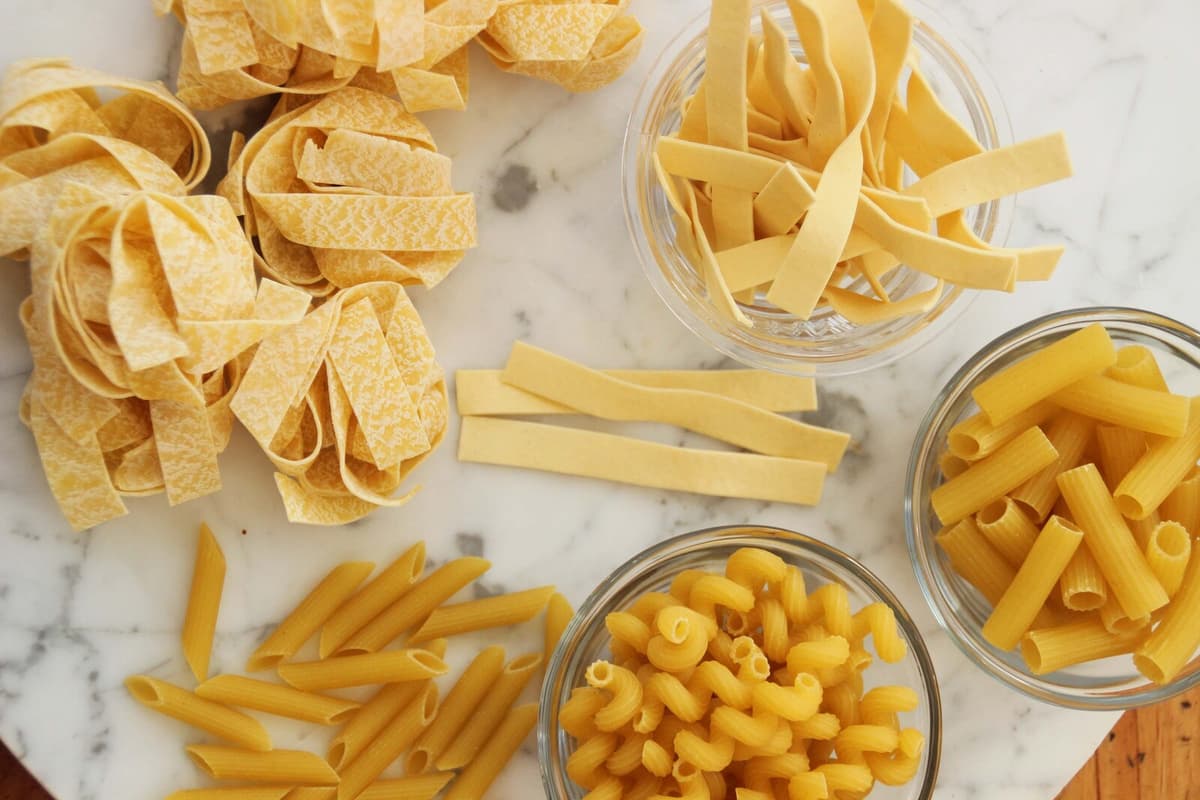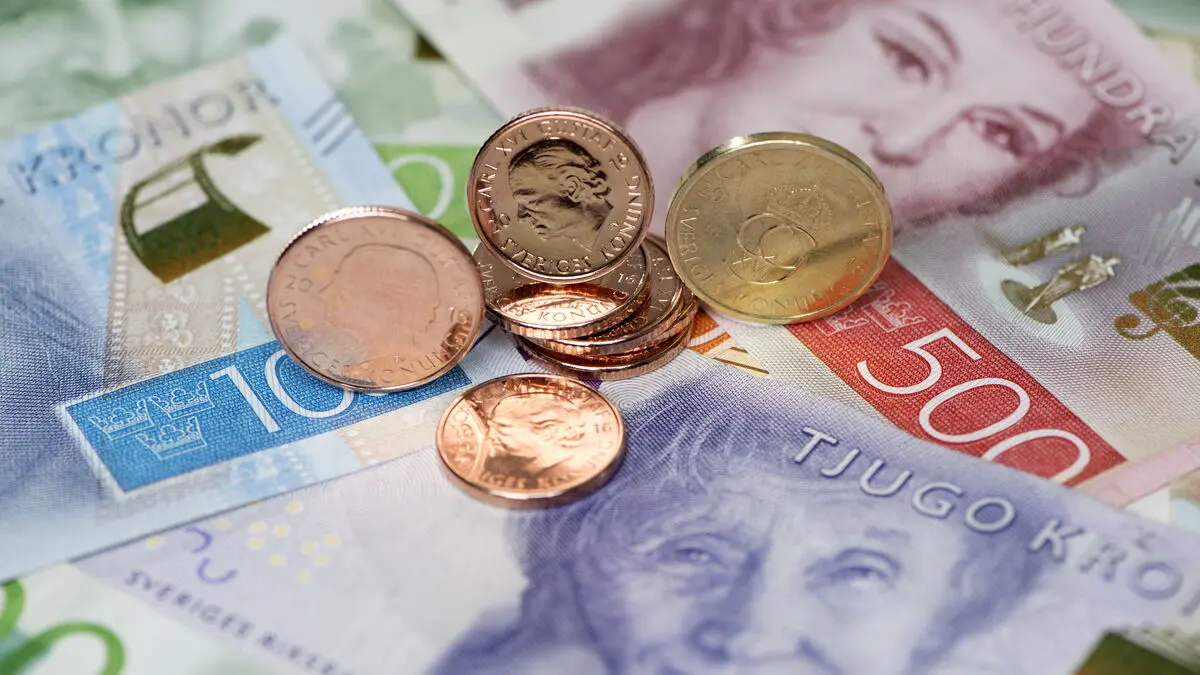The EU agency Euipo is in a recent report sounding the alarm about the large quantities of counterfeit food products circulating on the market, perhaps especially within e-commerce.
Cookies, sweets, pasta and chips are among the products that are often manipulated, at the same time as alcoholic beverages are also a widespread problem. It can be everything from fake labels and packaging to incorrect manufacturing processes.
During 2024, Europol and Interpol conducted a joint operation, where counterfeit products worth 91 million euros – equivalent to approximately 1 billion Swedish kronor – were seized.
Already in 2021, Europol warned that there may be hazardous substances, such as methanol and mercury, in counterfeit food products.
"Counterfeit food and drinks are a major problem for public health," says Euipo's executive director João Negrão in a statement.
How can you then know if a product is genuine or not? It can be difficult, but according to Euipo, there are a few things to look closely at. Among other things, customers are advised to shop from official resellers and via the well-known brands' own websites. Furthermore, one should look at product markings, origin and certification logos.





